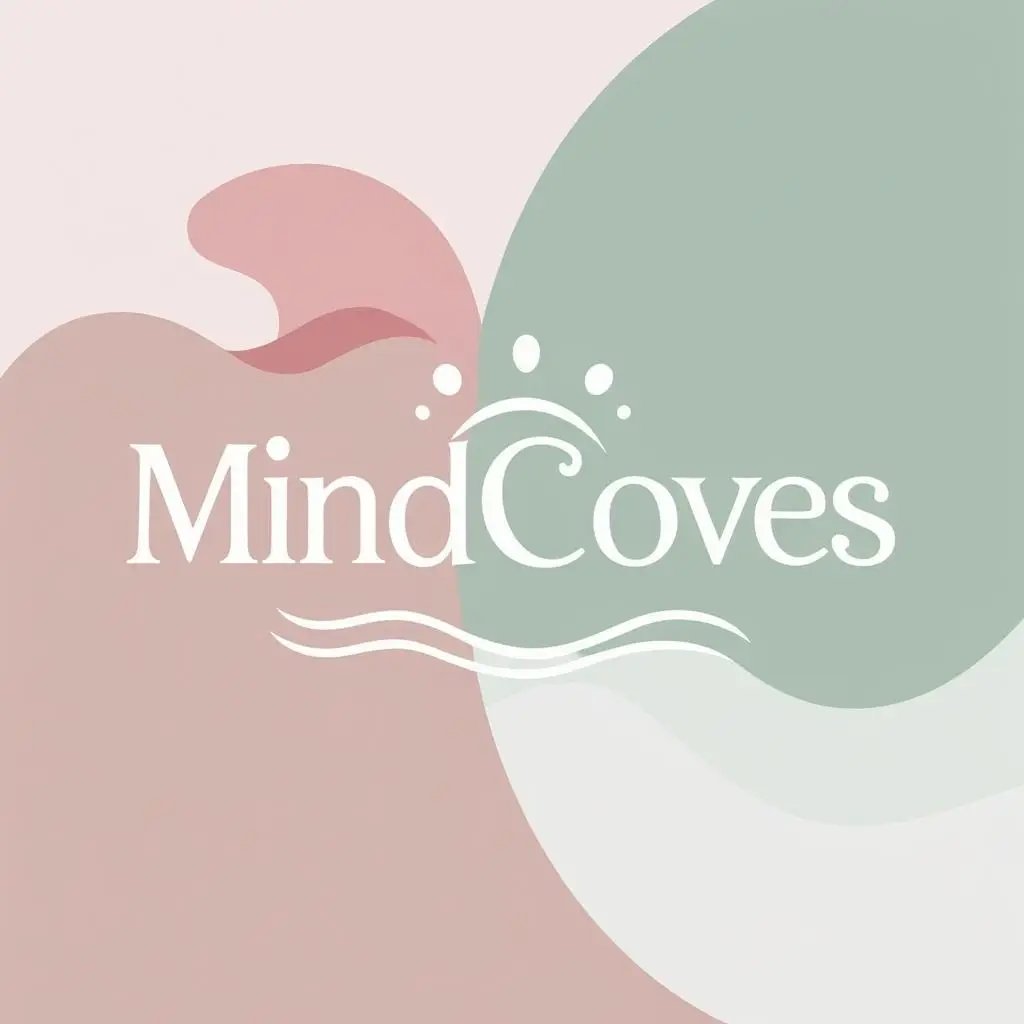
🎧 Why We Listen to Something While We Work — And What It’s Doing to Our Brain
A Psychological Unpacking of a Modern Habit
We live in a world that constantly demands our attention. Yet when we sit down to focus, many of us instinctively reach for something else—music, ambient noise, a podcast—to fill the silence. On the surface, it seems paradoxical: if focus is what we seek, why do we introduce more input?
But this behavior isn’t random. It’s deeply rooted in psychological, emotional, and neurological processes. The truth is, we don’t just listen to music while we work—we craft an internal environment to cope, engage, and perform.
Let’s unpack this, layer by layer—along with its benefits and potential downsides.
1. 🎯 Cognitive Load vs. Control
We often assume sound adds burden. But sometimes, it subtracts noise.
In environments filled with distractions—be it a bustling café or a noisy home—music becomes a filter. It shields the brain from irrelevant noise, giving us a sense of clarity and control.
🧠 Psych Insight: Music enables selective attention, acting as a sensory barrier that protects cognitive bandwidth.
✅ Pros
- Helps us ignore external distractions
- Creates a consistent mental environment
- Boosts focus during routine or mechanical tasks
❌ Cons
- Adds cognitive load during complex tasks requiring deep thinking
- Lyrics may interfere with reading or language-heavy work
- Not suitable for everyone—some neurodivergent individuals may feel overwhelmed
2. 🌈 Mood Regulation (Affective Tuning)
We don’t just think while we work—we feel. And music becomes the emotional tuning fork for that inner landscape.
When we’re feeling drained or anxious, music can energize or soothe. When we’re disengaged, it can motivate. It’s more than background noise—it’s emotional scaffolding.
🧠 Psych Insight: This taps into emotion regulation theory—where music modulates mood and arousal to support performance.
✅ Pros
- Boosts energy and motivation
- Reduces stress and anxiety
- Creates “emotional entry points” into flow
❌ Cons
- Risk of mood-dependence (can’t work without it)
- Emotional mismatch can increase restlessness
- Wrong tone or tempo can backfire
3. ⏳ Flow State & Optimal Stimulation
Music can be more than a vibe—it can be the gateway to flow.
Certain soundscapes help trigger that feeling of timelessness and total immersion. They provide rhythmic structure, help us lose track of time, and keep us “in the zone.”
🧠 Psych Insight: This is tied to Csikszentmihalyi’s Flow Theory and the Optimal Stimulation Hypothesis—we each need the right level of stimulation to maintain peak engagement.
✅ Pros
- Facilitates flow for creative or repetitive tasks
- Helps manage energy and pacing
- Improves performance when the stimulation level fits the task
❌ Cons
- Disruptive if music itself becomes the focus
- Too much stimulation can cause fatigue or irritation
- Not sustainable for long durations
4. 🌱 Personality & Individual Differences
We’re not all wired the same way—sound impacts brains differently.
🧠 Psych Insight: Personality traits like introversion vs. extraversion and neurodiversity (e.g., ADHD, HSP) deeply influence how we experience background noise.
✅ Pros (for extroverts or high-stimulation seekers)
- Increases focus and motivation
- Provides a “social surrogate” in solitude
❌ Cons (for introverts or sensory-sensitive folks)
- Overstimulation can lead to fatigue or anxiety
- May reduce ability to enter deep work states
5. 🎭 Control, Ritual & Psychological Safety
Sometimes, it’s not about the music—it’s about ownership of your focus environment.
Sound becomes a ritual, a form of workspace personalization, a transition signal: now, we begin.
🧠 Psych Insight: Rituals create psychological safety—they reduce cognitive uncertainty and build consistency in otherwise unpredictable contexts.
✅ Pros
- Anchors focus with routine
- Creates a boundary between life and work
- Signals “it’s time to begin” (like a warm-up for the brain)
❌ Cons
- Over-reliance on ritual can hinder adaptability
- Searching for the “perfect” playlist can become procrastination
- Might block real-time collaboration or awareness
6. 🛑 Escape vs. Engagement
Let’s be honest: sometimes, we’re not trying to enhance focus—we’re avoiding discomfort.
Music can become a way to numb the resistance we feel toward a hard task. It creates the illusion of progress.
🧠 Psych Insight: This links to avoidance coping—using distraction to sidestep emotional discomfort, rather than engaging with it directly.
✅ Pros
- Lowers resistance to getting started
- Provides comfort during overwhelming moments
- Can “carry” you into work until momentum kicks in
❌ Cons
- Reinforces avoidance behaviors
- Reduces mindfulness and emotional awareness
- May stunt long-term focus-building capacity
🧠 In Summary
We don’t just add music or noise to our workspace—we create a personalized neural environment.
For some, it’s a focus-enhancing filter.
For others, it’s mood medicine.
Sometimes, it’s a ritual of readiness.
Other times, it’s a way to flee the friction of real work.
The trick isn’t to stop using sound.
The trick is to notice why you’re using it.
Are you tuning in to deepen your focus—or to distract from the discomfort of focus itself?
🎤 Final Reflection
“We curate playlists not just to hear—but to feel.
Not just to drown the noise—but to create our own signal.
We’re not working with music.
We’re co-composing the mind that does the work.”

🔗 Related Posts You Might Like:
- From Self-Criticism to Self-Kindness: A Mental Health Guide
- Understanding Emotional Exhaustion and How to Cope
- Climate Grief by Generation: Why Eco-Anxiety Feels Different for Everyone

MahaM is a psychology-rooted writer and content creator, blending emotional insight with mindful reflection.
Through MindCovez, she offers grounded, heart-centered writing that guides readers toward clarity, inner stillness, and self-awareness.
